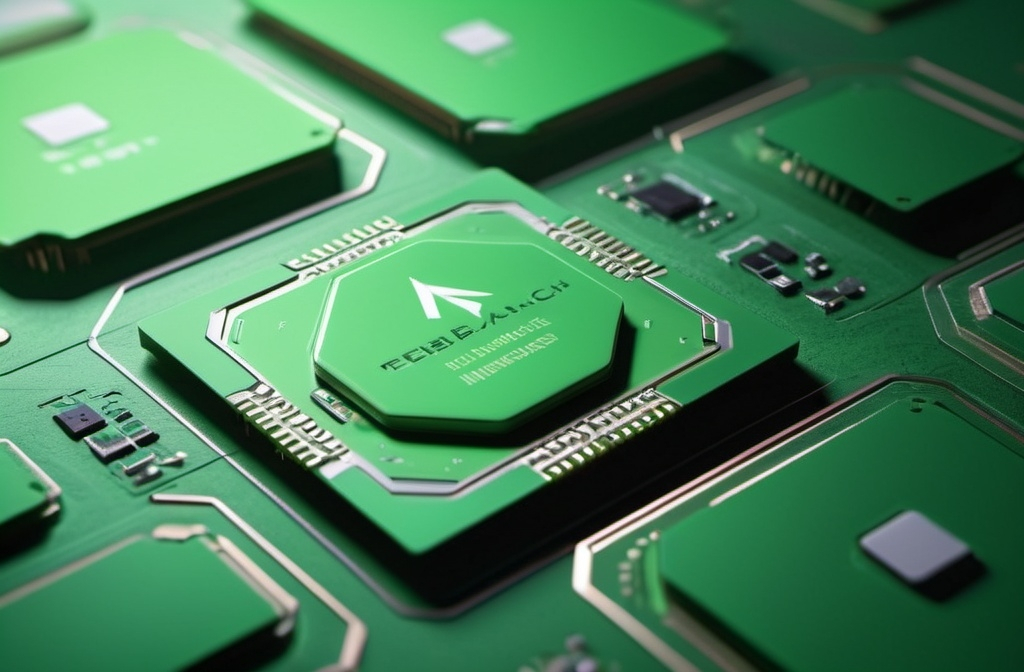
Image created with openart.ai
Novel Material Offers Potential Solution to E-Waste Challenge
MIT News reported yesterday on a recent study exploring a novel substrate material for flexible electronics. The research suggests a potential solution to the increasing electronic-waste problem by developing a material that facilitates the recycling of components from disposable and wearable devices.
The new material developed by researchers at MIT, and Meta could provide a significant advancement in addressing the growing issue of e-waste. The material, a form of polyimide, offers potential improvements in both the manufacturing and recycling of electronic devices.
“We recognize that electronic waste is an ongoing global crisis that’s only going to get worse as we continue to build more devices for the internet of things, and as the rest of the world develops,” says Thomas J. Wallin, an assistant professor at MIT’s Department of Materials Science and Engineering, in the MIT News article.
The newly developed material offers several potential advantages. It can be processed more efficiently than traditional polyimide. This processing requires lower temperatures and less time. Additionally, the material’s structure allows for the recovery of valuable components. These components include precious metals and microchips. This recovery occurs at the end of a product’s lifecycle. Such capabilities could reduce the environmental impact of e-waste. They could also alleviate supply chain pressures for critical materials.
Beyond recycling, the material’s properties could enable the creation of more complex and compact electronic devices. Its potential to serve as a substrate for multilayered circuits offers opportunities for technological advancements.
The developed material holds promise but requires further optimization. While comparable to industry standards, it falls short in specific areas. The research paper suggests enhancing properties like thermal conductivity and dielectric constant. This can be achieved by adding fillers or modifying the material’s structure.
Improving the material’s polyimide characteristics or degradation rate is also crucial. Recycling the material could be a future option, but its economic viability is uncertain.


 Previous Story
Previous Story

 Latest articles
Latest articles 

Leave a Comment
Cancel